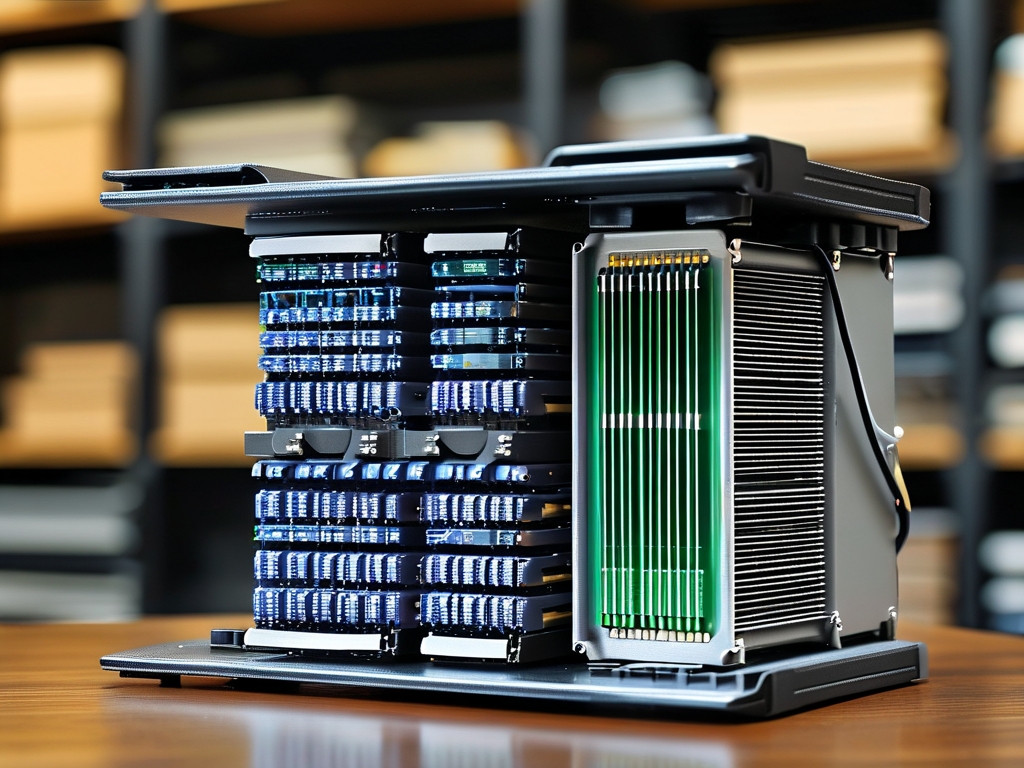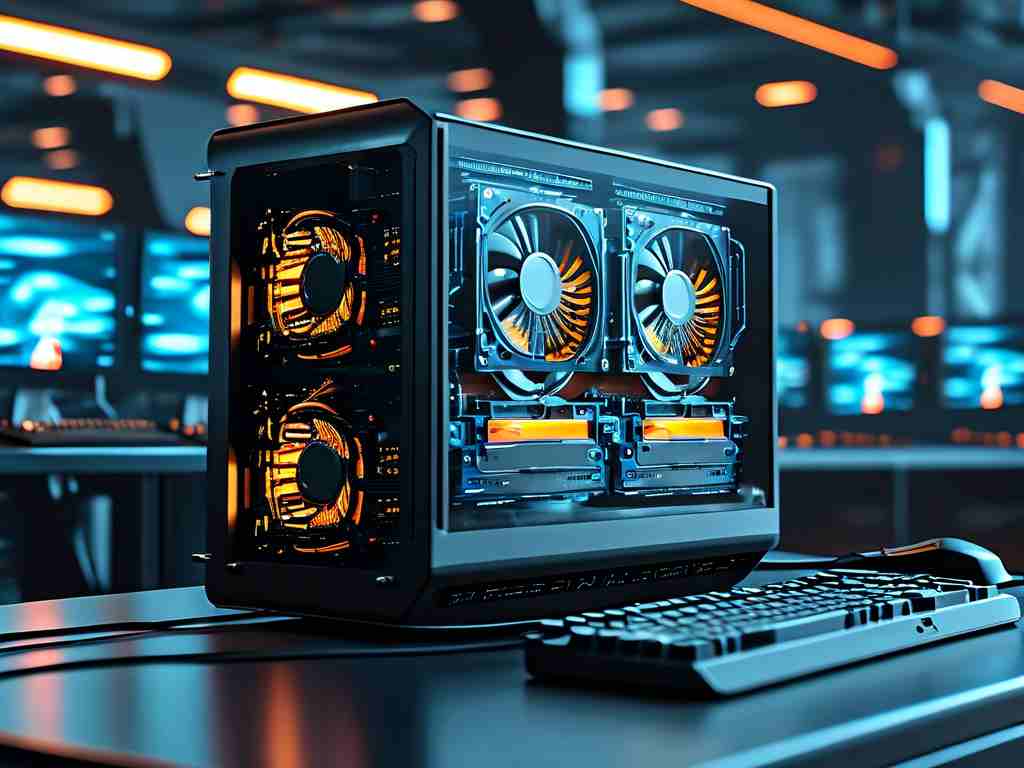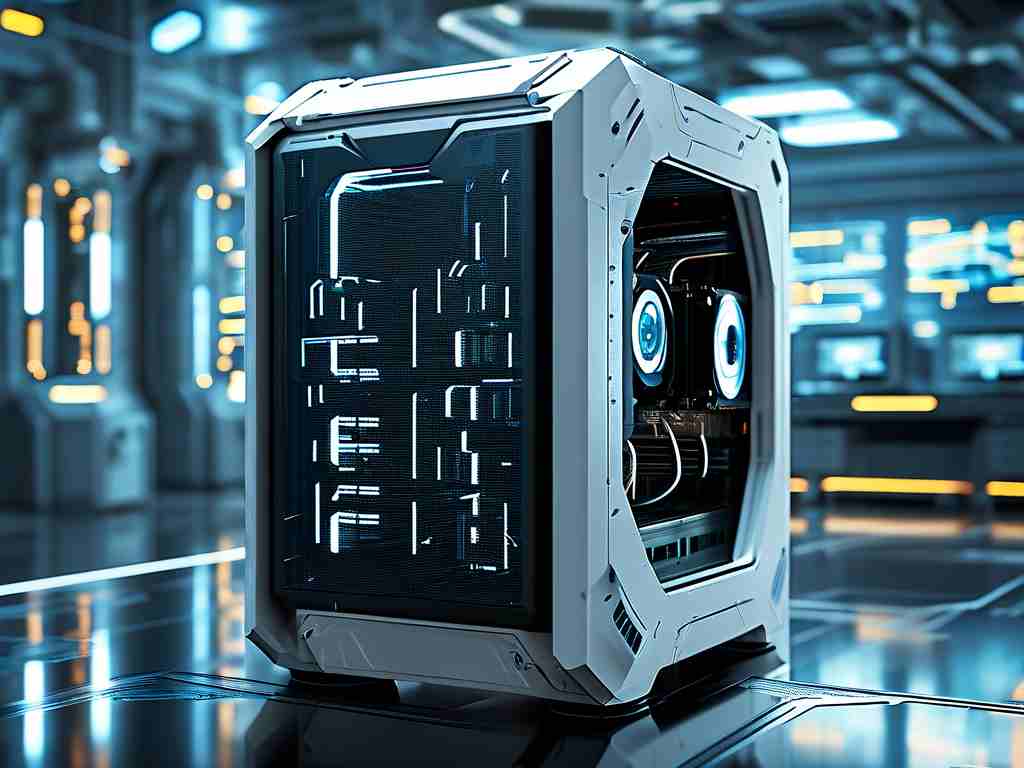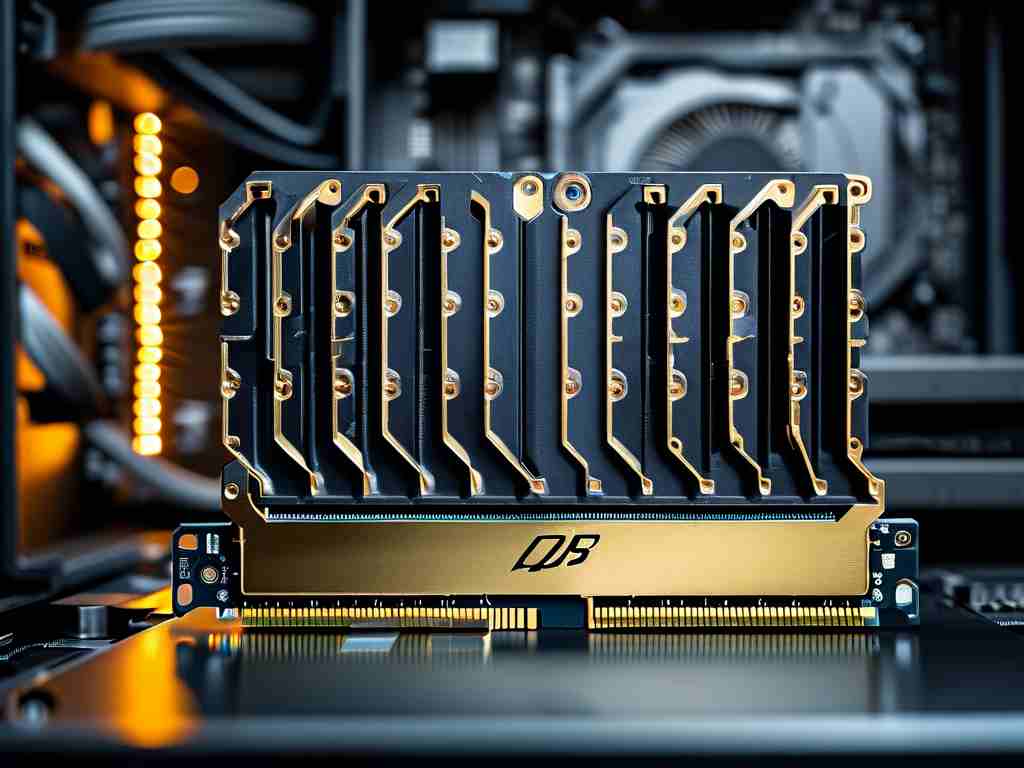In the evolving landscape of data processing, the choice between in-memory computing and disk-based computing remains a critical decision for developers and organizations. While both approaches serve the fundamental purpose of handling data, their architectural differences lead to distinct performance characteristics, cost implications, and use case suitability. This article explores these two paradigms through practical examples and technical comparisons.

Core Definitions
In-memory computing refers to systems that store and process data primarily in random-access memory (RAM). This approach minimizes latency by avoiding physical read/write operations to persistent storage devices. Modern applications like real-time analytics platforms and high-frequency trading systems rely on this model. For instance, a Python script using Redis for session management demonstrates this concept:
import redis
r = redis.Redis(host='localhost', port=6379)
r.set('user_session_123', 'active')
print(r.get('user_session_123')) # Output: b'active'
Disk-based computing, conversely, depends on hard drives or solid-state drives (SSDs) for data storage and retrieval. Traditional relational databases like MySQL exemplify this model, where queries trigger physical disk accesses. While slower than RAM operations, this method offers cost-effective storage for large datasets.
Latency and Throughput
The most glaring difference lies in data access speeds. RAM delivers nanosecond-level latency, whereas even high-performance SSDs operate in microsecond ranges. This gap becomes critical when handling concurrent requests – an e-commerce platform processing 10,000 transactions per second would struggle with disk I/O bottlenecks but thrive using in-memory solutions like Apache Ignite.
Storage costs further differentiate these models. As of 2023, commercial cloud providers charge approximately \$0.10 per GB for RAM versus \$0.03 per GB for SSD storage. Organizations must balance these costs against performance requirements. A healthcare provider storing patient records might opt for disk-based systems due to infrequent access needs, while a stock exchange would prioritize in-memory solutions for millisecond-level trade executions.
Data Persistence Trade-offs
Volatile memory creates reliability challenges. Power outages or system crashes can wipe in-memory data unless paired with persistence mechanisms. Hybrid architectures address this by combining RAM speed with disk redundancy. The following Java snippet illustrates a caching system with fallback to disk:
public class HybridCache {
private Map<String, Object> ramCache = new ConcurrentHashMap<>();
private DiskStore diskStore = new DiskStore();
public void put(String key, Object value) {
ramCache.put(key, value);
diskStore.backup(key, value);
}
}
Scalability Considerations
Horizontal scaling presents unique challenges for each approach. In-memory systems often require data replication across cluster nodes to maintain availability, increasing infrastructure complexity. Disk-based systems benefit from distributed file systems like HDFS but face network latency when accessing remote storage.
Future Trends
Emerging technologies are blurring the lines between these paradigms. Storage-class memory (SCM) devices like Intel Optane offer near-RAM speeds with non-volatile characteristics, while cloud providers now offer memory-optimized virtual machines at competitive prices.
The decision between memory and disk computing ultimately hinges on specific workload requirements. Financial institutions processing real-time transactions will continue prioritizing in-memory solutions, while archival systems and big data warehouses maintain their reliance on disk-based architectures. As hardware innovations progress, hybrid models leveraging both approaches are becoming the new norm in enterprise computing environments.









